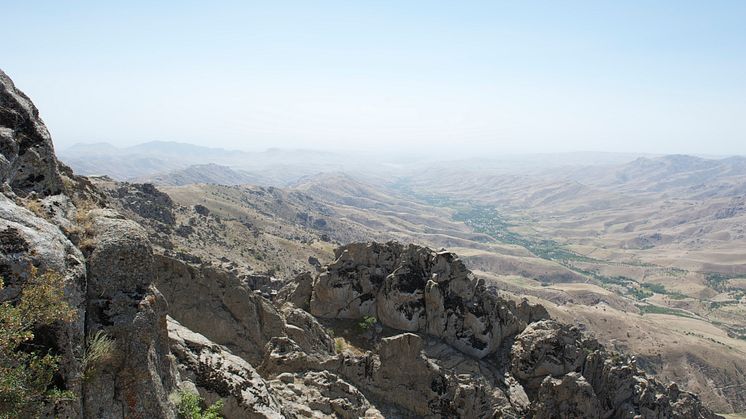Ancient volcanoes released ‘cryptic’ carbon dioxide far longer than previously believed
Ancient volcanoes continued to eject carbon dioxide into the atmosphere for millions of years after their eruptions ended, researchers have discovered.
Ancient volcanoes continued to eject carbon dioxide into the atmosphere for millions of years after their eruptions ended, researchers have discovered.
A team of scientists have successfully carried out regular measurements of the outermost layer of the Sun’s atmosphere for the first time – giving us a much better understanding of the magnetic field within this region, known as the solar corona.
The Sun’s magnetic field plays a key role in shaping its atmosphere, with activity such as solar eruptions and the heating of the corona to millions o
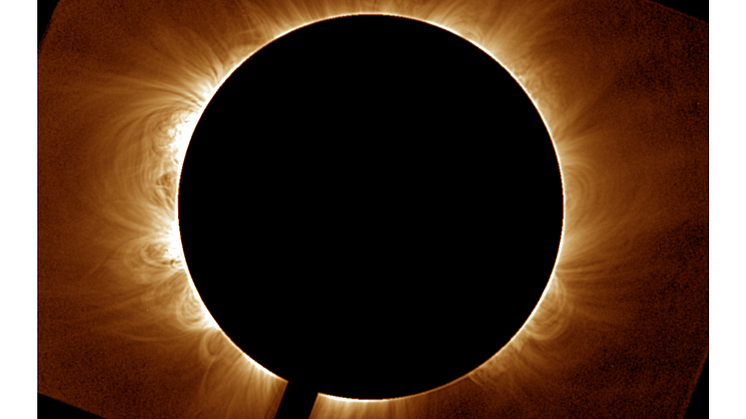
Ground Penetrating Radar software developed by academics at the universities of Northumbria, Edinburgh and Aberdeen has been chosen by technology giant, Google, to be part of its prestigious Summer of Code mentor scheme for the fourth time.
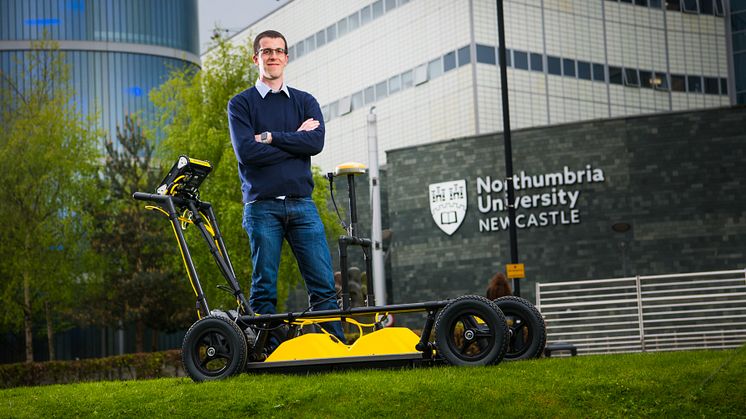
Visitors to Newcastle's Life Science Centre can participate in a study to help astronauts on the Artemis Moon exploration program. By applying K-tape to astronauts’ ankles, it is believed balance on the Moon's surface can be improved. Results will be shared with the European Space Agency. Northumbria University is leading space innovation.
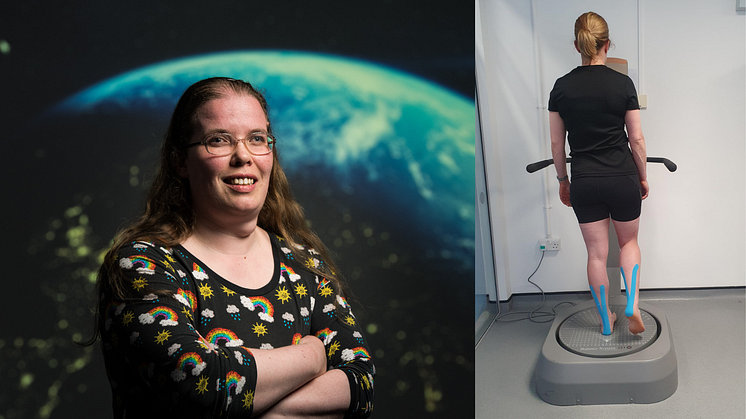
Scientists using data from the Solar Orbiter spacecraft have made progress in understanding the origins of the 'slow' solar wind, shedding light on how it forms and leaves the Sun. This research helps explain the variability and complexity of the solar wind, providing new insights into its behavior and composition.
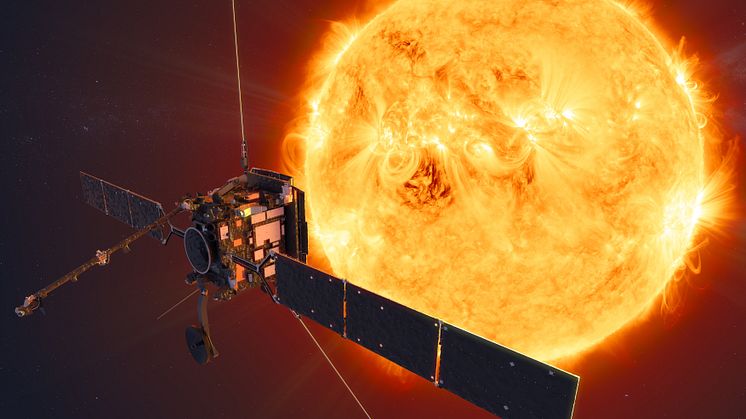
Professor Tom Stallard, a Planetary Astronomer from Northumbria University, has been granted access to the James Webb Space Telescope to study and capture images of the auroras on gas giants Saturn and Uranus. This unique opportunity will provide unprecedented insight into these spectacular light shows and planetary atmospheres.
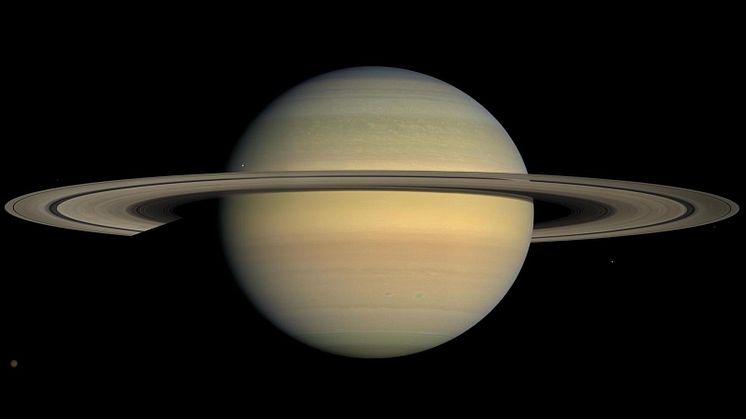
Researchers are delving into the evolutionary mystery of early bacterial life on Earth, investigating why most bacteria have two membranes surrounding their cells. This new project, funded by the BBSRC, aims to recreate ancient microbial evolution in a laboratory setting to shed light on this important question in biological history.

Dr Andy Smith, a solar physicist at Northumbria University, has been honored by the Royal Astronomical Society for his work in using artificial intelligence to predict space weather. His models are used by the Met Office for space weather forecasts. Smith was awarded the Winton Award for his use of AI techniques to monitor and predict solar eruptions and their impact on Earth.
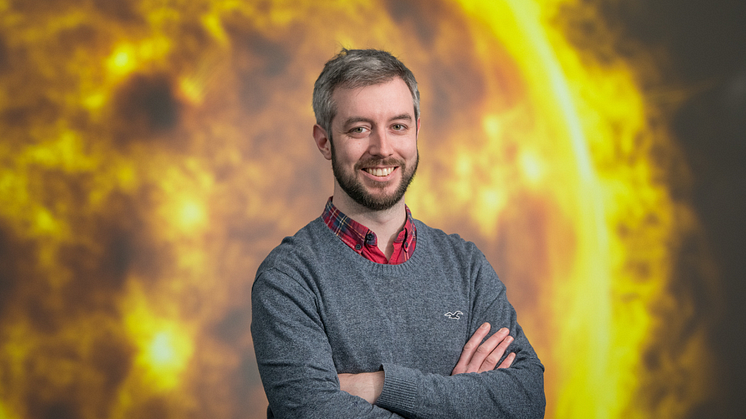
Space health experts at Northumbria University have won a global competition that will enable them to explore blood flow restriction training among astronauts during spaceflight.
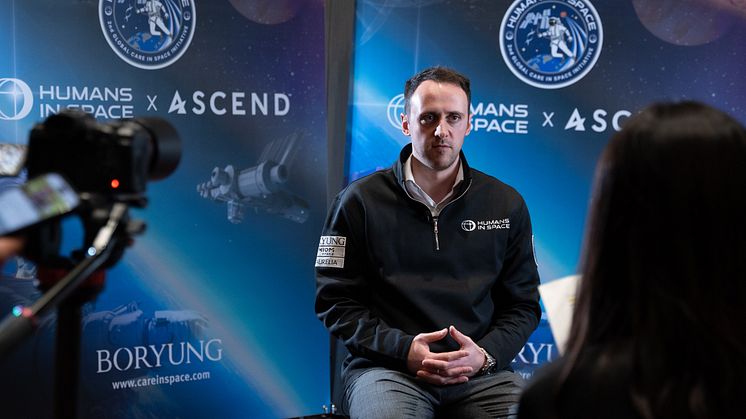
Investments from Lockheed Martin, the UK Space Agency and Northumbria University forge pathway for NESST’s global prominence.

After more than 30 years scientists have finally been able to confirm that the icy planet Uranus has an infrared aurora.
The discovery will provide insight into how magnetic fields on ice giants such as Uranus and Neptune behave and could even help astronomers use NASA’s James Webb Space Telescope to identify similar aurorae from planets outside our solar system.
The findings were made by Em
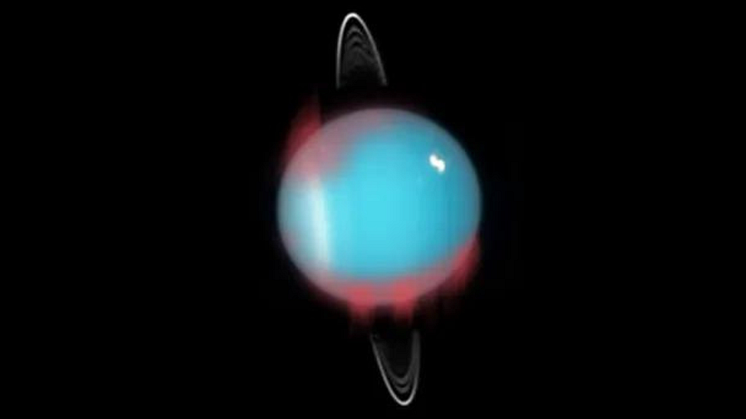
In an article written for the Conversation, Jan De Rydt, Associate Professor of Polar Glaciology and Oceanography at Northumbria University, along with Ocean-Ice Modeller Kaitlin Naughten and Ocean and Ice Scientist Paul Holland, both from the British Antarctic Survey, discuss their recent research findings on the warming of the West Antarctic ice sheet.
The Secretary of State for Education, the Rt Hon Gillian Keegan, visited Northumbria University, Newcastle, to discuss unlocking opportunities for young people in the region and to hear about ground-breaking research in areas of global significance.
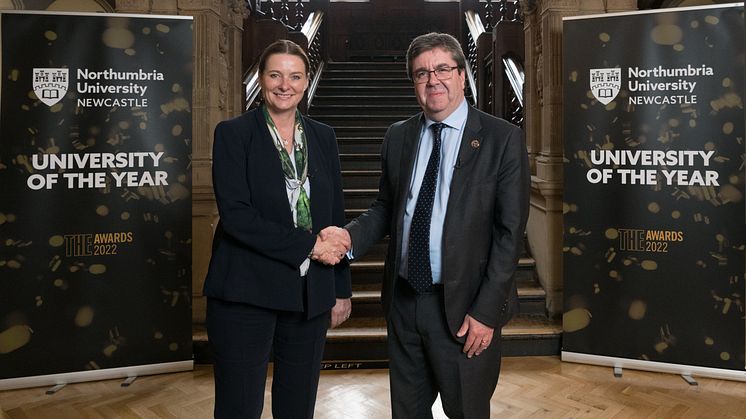
Satellite technology developed by Northumbria University scientists has been adapted for a new, European Space Agency (ESA) funded mission, which will see a “swarm” of satellites sent into space to address the growing threat of space debris.
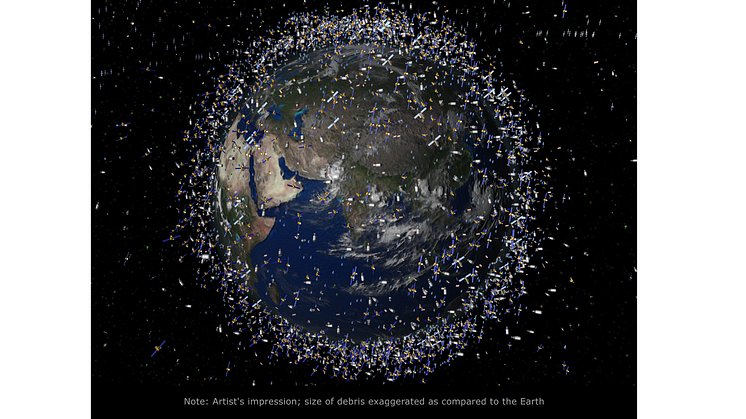
A Northumbria University academic is part of a team of scientists to be awarded a prestigious physics gold medal and prize for their work developing the world’s first room-temperature MASER.
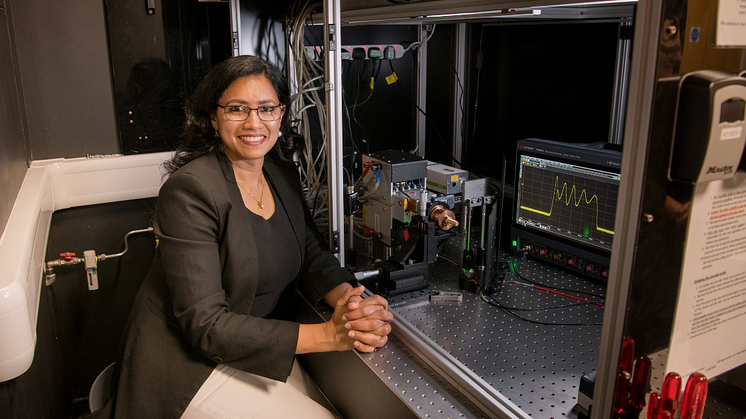
An innovative project led by Northumbria University’s Applied Sciences Department has won a Royal Society of Chemistry (RSC) Inspirational Committee Award 2023.

An award of £1 million to support the expansion of engineering and surface science research facilities at Northumbria University has been announced today by the Wolfson Foundation.
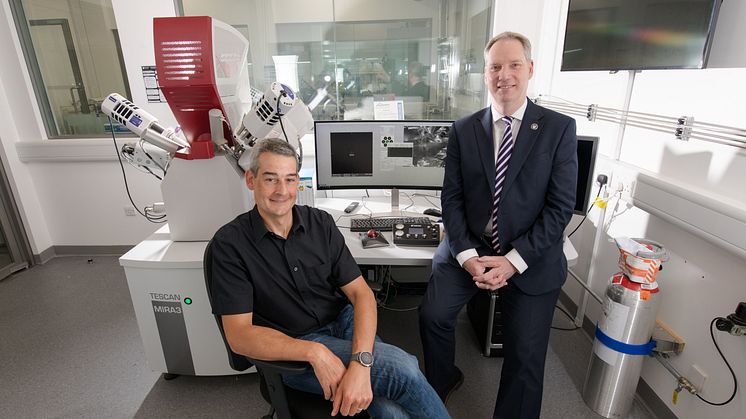
New research involving a Northumbria University Professor has developed a wearable sensor capable of wirelessly transmitting information via acoustic waves through air and water.

A Northumbria University physicist has been awarded more than half a million pounds to develop artificial intelligence which will protect the Earth from devastating space storms.
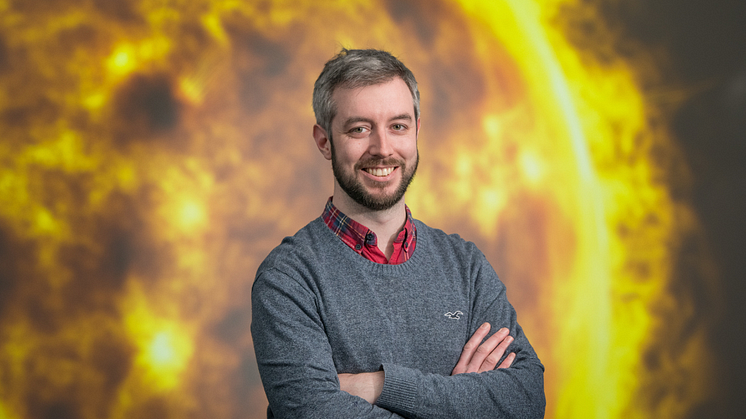
The interior of Central Asia has been identified as a key route for some of the earliest hominin migrations across Asia in a new study published in PLOS ONE today (Friday 21 October).
